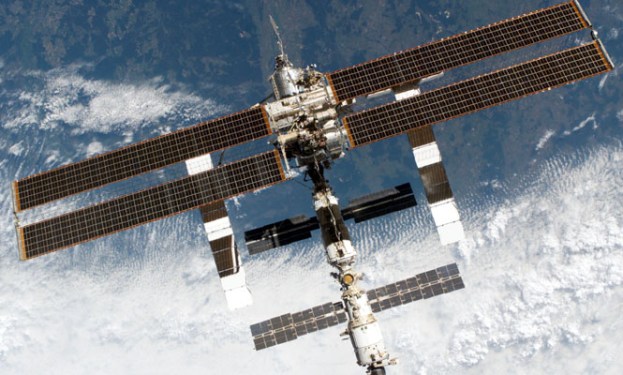 Now that the space shuttle has been grounded, scientists are pondering the future of the shuttle’s frequent, Earth-orbiting destination: the International Space Station.
Now that the space shuttle has been grounded, scientists are pondering the future of the shuttle’s frequent, Earth-orbiting destination: the International Space Station.
The life cycle of the station, which was launched in 1998, is expected to expire in 2020. At that point, the ISS will likely go to to a watery grave in the Pacific Ocean, repeating the 2001 journey of its predecessor, the Russian space station Mir.
“It cannot be left in orbit, it’s too complex, too heavy an object, it can leave behind lots of rubbish,” deputy head of Roskosmos space agency Vitaly Davydov told the Associated Press.
Despite the end of the U.S. shuttle program, American scientists will continue to work within the station, which was created as part of a joint venture between Russia, the United States, Europe, Japan, and Canada. U.S. crews will now have to rely on the Russian Soyuz to get them back and forth to the station.
Considered by many to be the most expensive machine ever created, the ISS was only officially completed this year. Now that the station is all-systems-go, however, the plan is to have U.S. scientists working 37 hours each week on a variety of experiments involving astrophysics, biology and medicine.
Once the station reaches the end of its life cycle, though, the need to avoid leaving more debris in space will bring it back down to Earth one final time.



